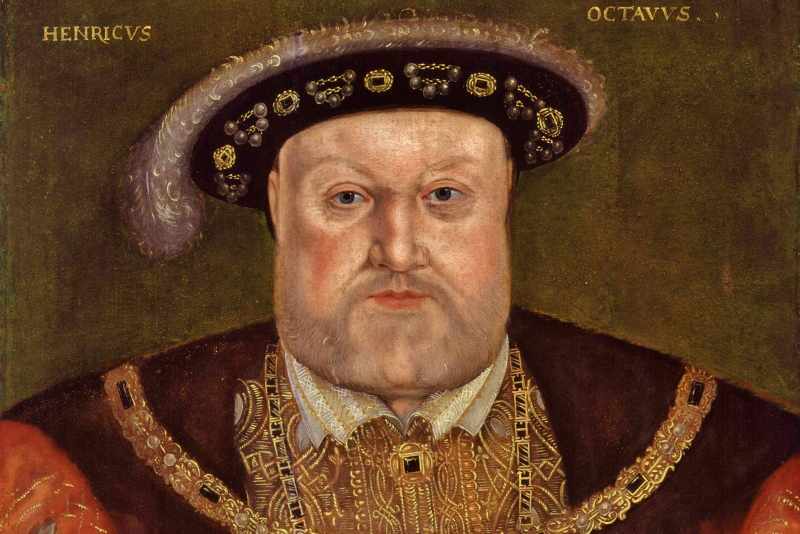Lincolnshire Uprising

The Lincolnshire Uprising in 1537 became known as the Pilgrimage of Grace; due to the fact that corruption had crept into the church during the Middle Ages and the English Church, had embraced many errors. All these errors needed looking into, and a reformation, a very thorough cleansing in some points of faith and practice, was now much needed.
Thomas Cromwell: Hammer Of The Monks
At the head of the nation was King Henry VIII (1509-1547) who ruled with a rod of iron. His principal adviser was Thomas Cromwell, known as 'the hammer of the monks', and who built Tattershall Castle.
Thomas Cromwell was a ruthless man, and on Henry's failure to gain the support of the papacy for his divorce and reorganisation of the Church of England, it was Cromwell who suggested the plan of asserting the nation's religious autonomy and the king's supremacy over religious matters, thus effecting the passage of the Act of Supremacy (1534) and the confiscation of all monastic property by the crown.
The March From Louth
On 2 October 1536, the king's commissioners for the suppression of the monasteries reached Caistor, where they learned with alarm that a great multitude of locals from Louth, who had set out the day before, were within just a mile of the town, as well as crowds from Horncastle and Market Rasen that were joining them. Mr Maddison and Mr Heneage were despatched to the king with a letter of complaint.
It must be understood that the uprising was only against the attempt to suppress the religious houses, these being Catholic; it was not, nor had it ever been, against the king or the church.
The commissioner's books were burned at Louth and over 50,000 protestors congregated at Hambleton Hill; that is midway between Tealby and Market Rasen, camping there on the night of Thursday, 5 October, before marching on to Lincoln.
However it was not to be an easy ride for the protestors for armed forces were sent against the angry multitude, which on encountering this professional force, quickly offered to disband on condition of being pardoned.
An Ending To The Uprising
The Lincolnshire Uprising ended with Captain Cobbler (a shoemaker whose real name was Nicholas Melton) and the vicar of Louth being hanged at Tyburn. Thomas Moygne, a lawyer from Willingham, was hung, drawn and quartered for his involvement in the Lincolnshire Uprising.
Lincolnshire had many religious houses and to show how very thorough was the sweep made though Lincolnshire, which had nearly a hundred religious foundations, you will find that very few ruins remain, and indeed many have been erased from our Lincolnshire landscape without a trace.
Interestingly, in his letter to the rebels, which makes me smile, King Henry VIII described Lincolnshire as, "The most brute and beastly shire of the whole realm."
You know, I think he was a little upset with the county, God bless him.
